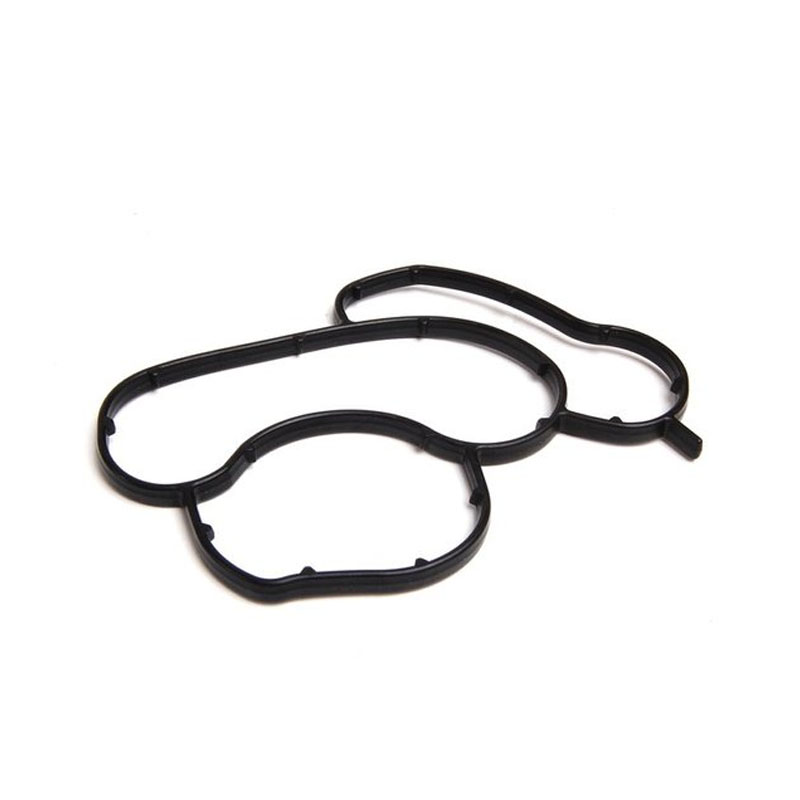rondelle bonded seal
The Rondelle Bonded Seal An Essential Component in Fluid Sealing Applications
In the world of engineering and manufacturing, effective sealing solutions are crucial for maintaining the integrity of systems that handle fluids, gases, or solids. Among various sealing methods, the rondelle bonded seal has emerged as a popular choice for enhancing the performance and reliability of connections in several applications. This article explores the characteristics, applications, and advantages of rondelle bonded seals, shedding light on their vital role in modern engineering.
What is a Rondelle Bonded Seal?
The rondelle bonded seal, commonly referred to as a bonded washer or sealing washer, comprises two primary components a metallic outer ring and a rubber inner sealing element. The metal component typically serves as a structural backbone, providing strength and stability, while the rubber element creates a reliable barrier against leakage. The geometric design of the rondelle can vary, but the circular shape is a standard feature, ensuring even distribution of sealing pressure when compressed.
Advantages of Rondelle Bonded Seals
1. Effective Sealing Performance One of the most significant advantages of rondelle bonded seals is their ability to provide an effective seal against various types of fluids, including oils, water, and chemicals. The dual-material construction enhances resistance to fluid permeation, making them ideal for high-pressure and high-temperature applications.
2. Protection Against Deformation The solid metal ring helps prevent the rubber element from deforming excessively under pressure, preserving the seal's integrity over time. This feature is particularly important in environments where thermal cycling and vibrational forces can compromise sealing effectiveness.
3. Easy Installation Rondelle bonded seals are designed to be user-friendly. Their flat design allows for straightforward installation, as they can be placed directly onto a smooth surface and compressed during fastening. This ease of use can lead to reduced assembly time and lower labor costs.
rondelle bonded seal

4. Versatility These seals are available in various sizes, materials, and configurations, making them suitable for a wide range of applications. They are frequently employed in the automotive, aerospace, plumbing, and hydraulic industries, among others.
5. Resistance to Aging and Chemical Attack Modern materials used in rondelle bonded seals can be formulated to withstand oxidative aging and corrosive environments. This resilience extends the lifespan of the seals, thereby reducing the frequency of replacements and maintenance.
Applications of Rondelle Bonded Seals
Rondelle bonded seals find application in numerous fields. In the automotive industry, they are commonly utilized in oil pans, engine components, and wheel hubs to prevent leaks. In hydraulic systems, these seals ensure reliable operation by preventing fluid loss and maintaining system pressure. Their presence in plumbing systems helps to avert water leaks at joints.
Furthermore, in the aerospace sector, rondelle bonded seals are used in fuel systems, hydraulic lines, and critical assembly points where leak prevention is paramount due to safety considerations. Their lightweight nature and high performance make them an excellent option for such applications.
Conclusion
In summary, rondelle bonded seals represent a crucial development in sealing technology, combining the best attributes of metal and rubber materials to provide robust and reliable sealing solutions. Their effectiveness in preventing leaks, ease of installation, and versatility across different sectors underscore their importance in modern engineering practices. As industries evolve and seek more efficient and durable sealing options, the rondelle bonded seal will undoubtedly continue to play a vital role in enhancing performance and ensuring safety in various applications. With ongoing advancements in material science and manufacturing processes, we can expect further innovations in the design and functionality of these essential components.
-
Understanding the Front Main Engine Seal: Purpose, Maintenance, and Installation
News Jul.29,2025
-
Understanding O-Rings and Seal Rings: Types, Applications, and Custom Solutions
News Jul.29,2025
-
Understanding Crankshaft Oil Seals: Rear Seals, Pulley Seals, and Their Role in Engine Integrity
News Jul.29,2025
-
The Importance of Front and Rear Crankshaft Seals in Engine Performance and Oil Management
News Jul.29,2025
-
Crank Oil Seals: Functions, Types, and Cost Considerations in Engine Maintenance
News Jul.29,2025
-
A Comprehensive Guide to O-Rings and Seals: Types, Materials, and Global Applications
News Jul.29,2025
-
Mastering Diesel and Performance Engine Maintenance: A Guide to Critical Oil Gaskets
News Jul.28,2025
Products categories















